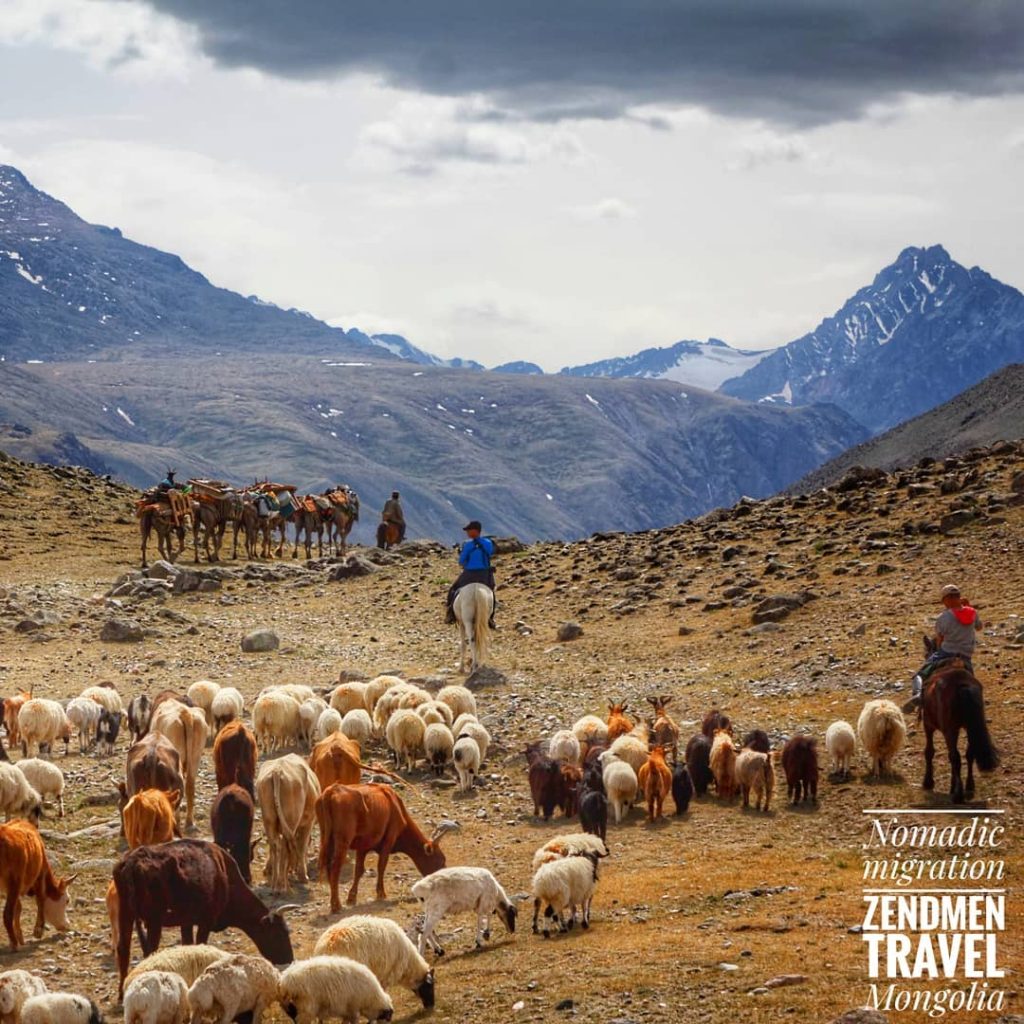Mongolian autumn is a beautiful season with stunning landscapes and colorful foliage. The weather is generally mild and dry, making it a great time to explore the country’s outdoor attractions. The grasslands turn golden-yellow, and the leaves on the trees change into vibrant shades of red, orange, and yellow. The clear blue skies provide a picturesque background for the colorful scenery.
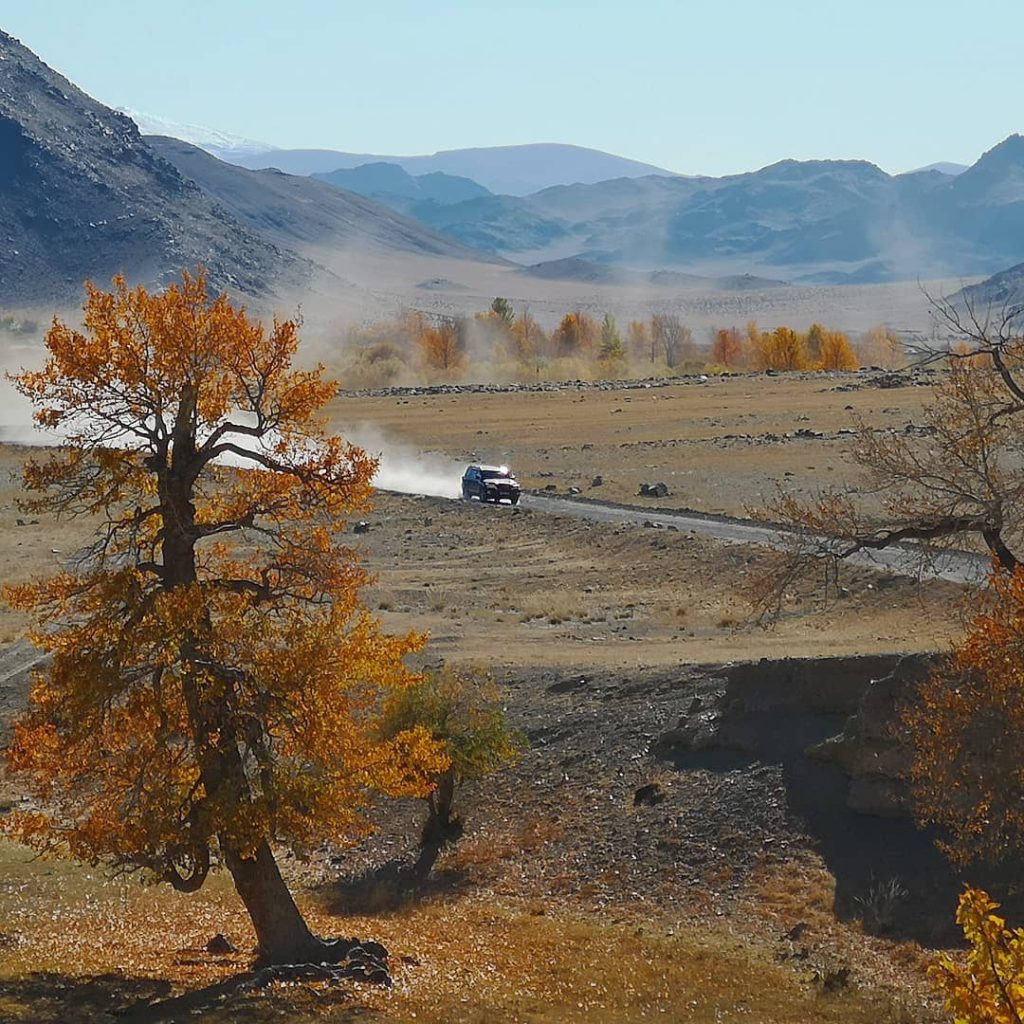
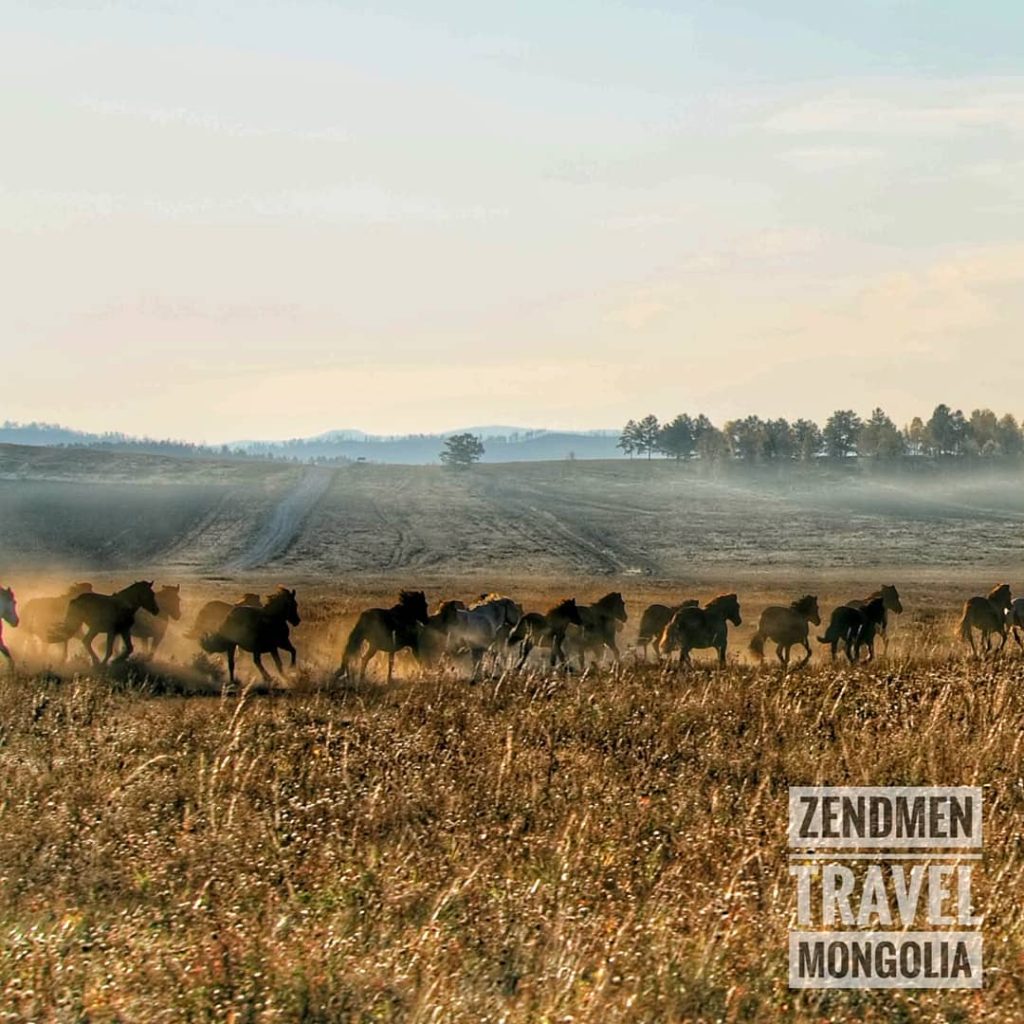
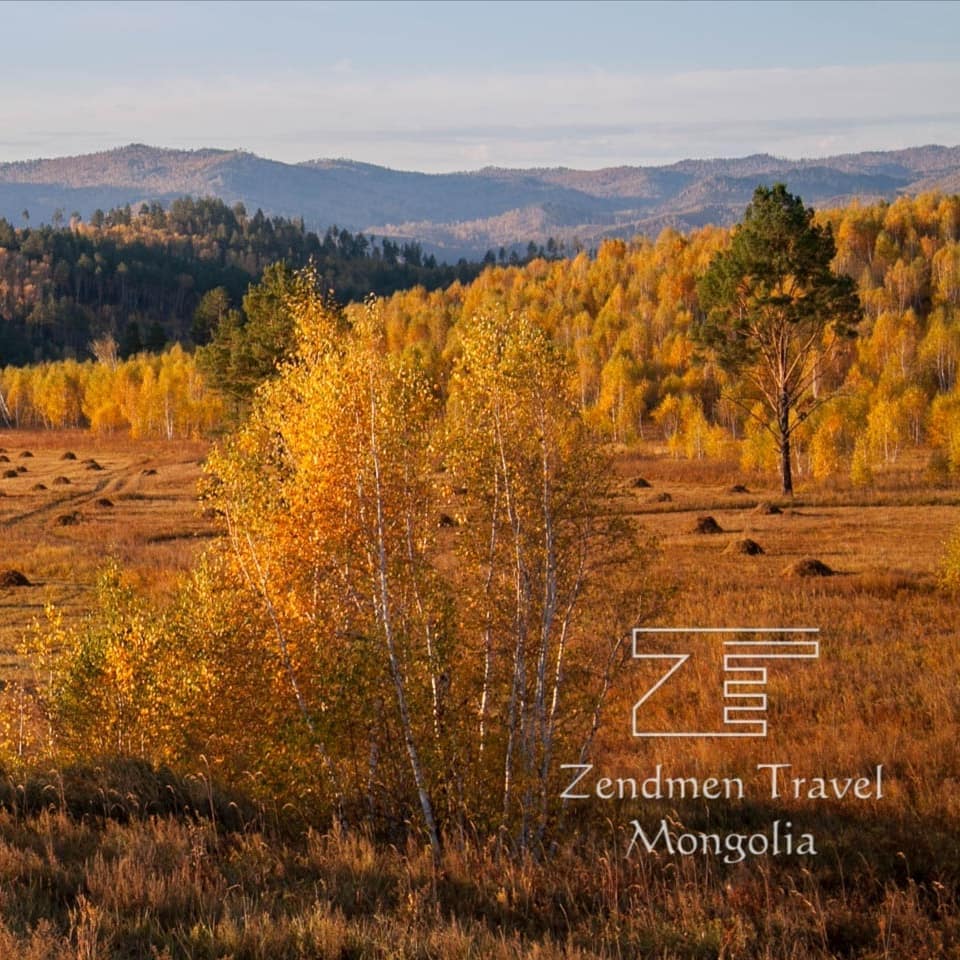
The season typically starts in August and lasts until early November. During the first few weeks of autumn, the weather is generally mild, with average temperatures ranging from 5°C (41°F) to 15°C (59°F). As the season progresses, the temperatures drop, and the first snowfall usually occurs towards the end of October.
If you’re seeking inspiration for things to see and do during autumn, consider the following ideas:
Trekking and Hiking: Mongolia’s landscapes are perfect for trekking and hiking during autumn. You can explore the Altai Mountains, Gobi Desert, and Khentii Mountains and enjoy the beautiful fall foliage and scene.
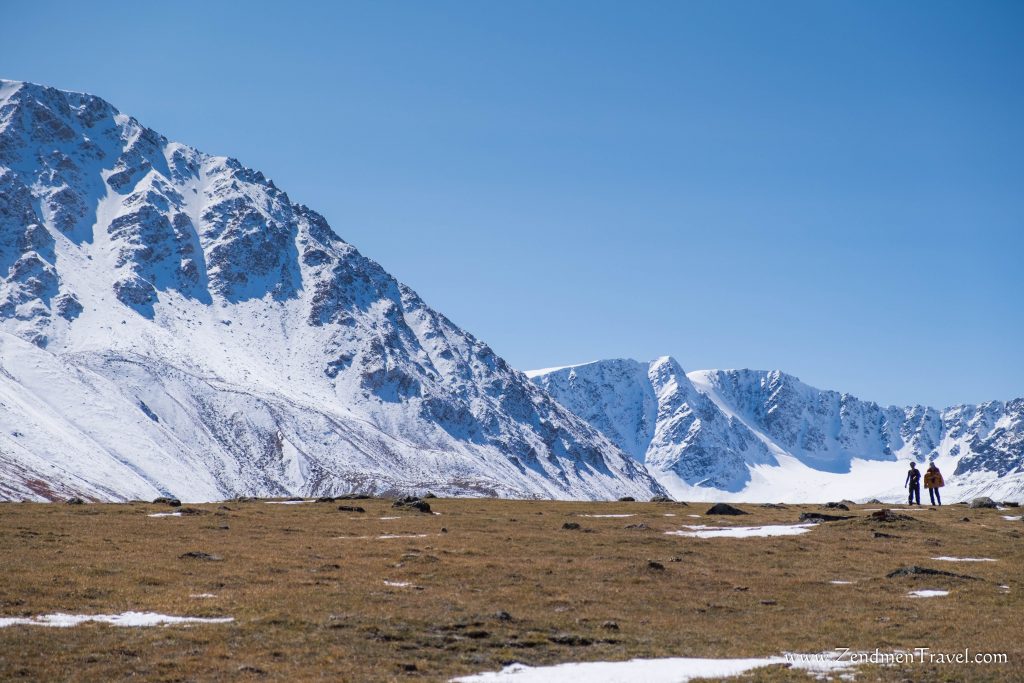
Photography tour: Autumn in Mongolia creates the perfect setting for photography enthusiasts, with its clear skies and vibrant landscapes providing an excellent backdrop for capturing captivating images. Additionally, this season is filled with cultural abundance as a myriad of festivals and cultural events unfold across the country. With its awe-inspiring landscapes, comfortable weather, and thriving cultural ambiance, Mongolian Autumn beckons explorers to discover the nation’s natural splendor, immerse themselves in its unique traditions and witness the breathtaking transformation of seasons in this remarkable land.
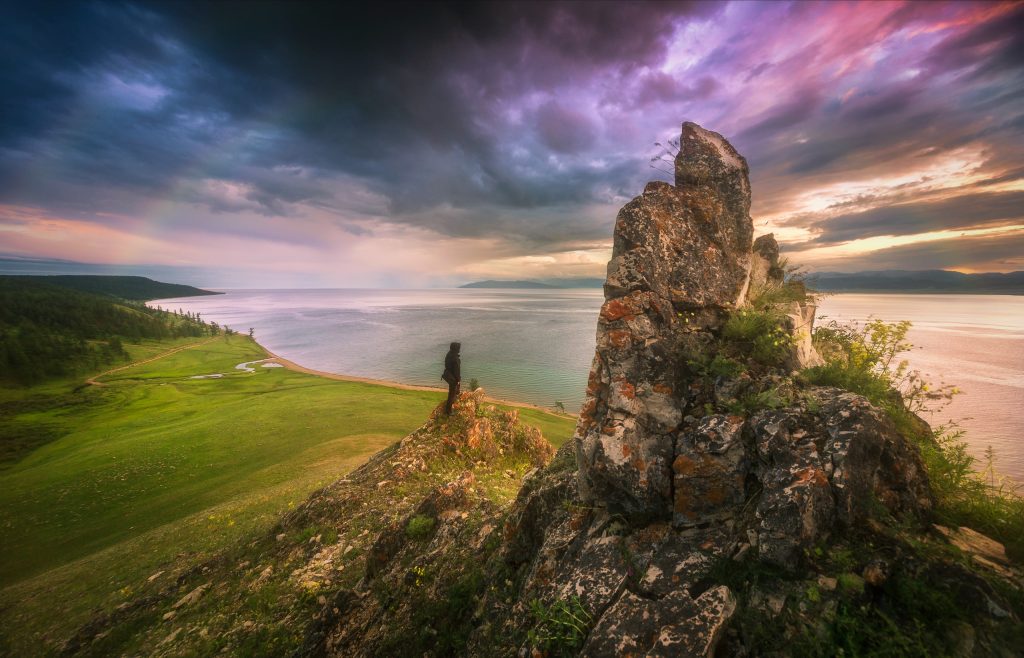
Bird watching: In some regions of Mongolia, you can also witness the spectacular sight of flocks of migrating birds as they travel south for the winter.
Horseback Riding: Horseback riding is a popular activity in Mongolia, and autumn is a great time to go horseback riding across the Mongolian grasslands.
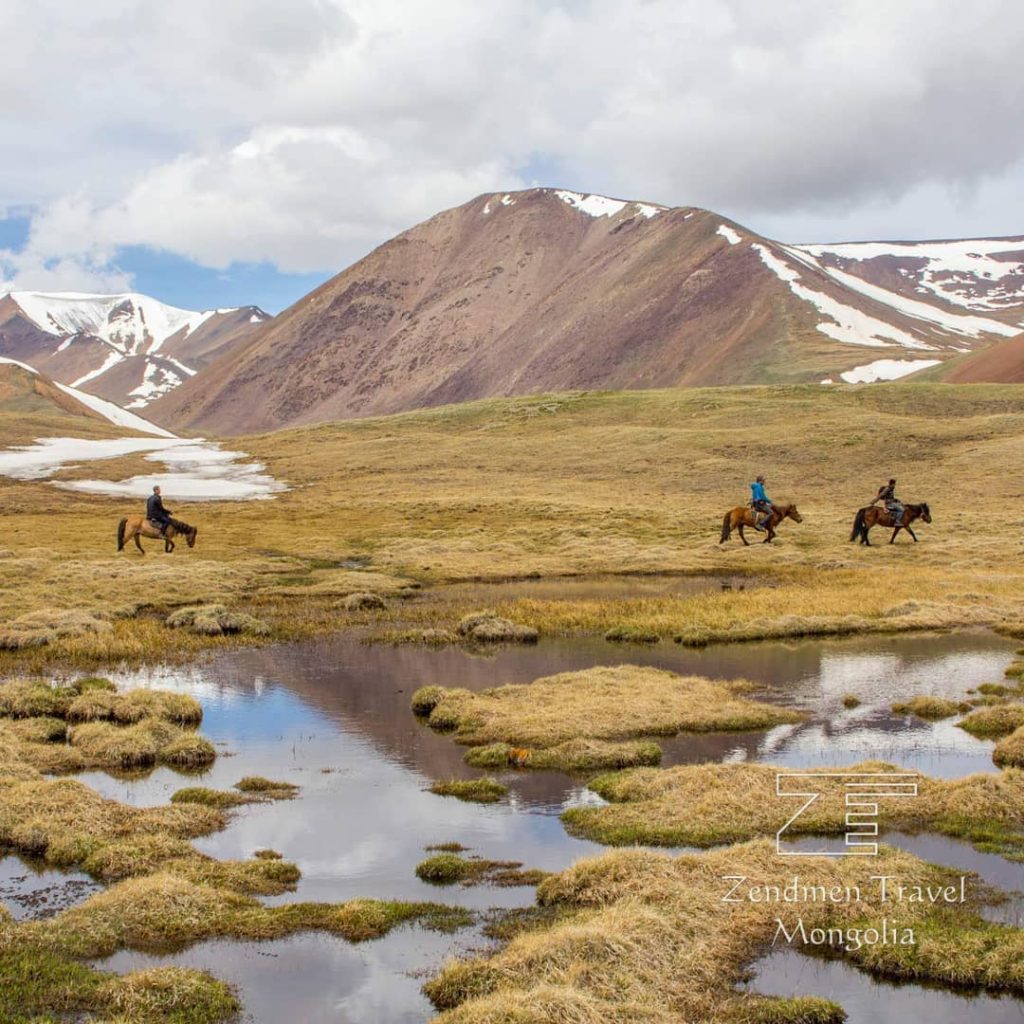
Cycling: Autumn offers pleasant weather conditions for outdoor activities, including cycling. Mongolia’s vast landscapes and diverse terrains provide ample opportunities for cycling enthusiasts to explore the country’s natural beauty.
Festivals: Mongolia has several festivals that are celebrated during autumn, including the Golden Eagle Festival, the Ovoo worship festival, and marriage ceremonies. These festivals celebrate Mongolian culture and tradition and are an excellent opportunity for locals and tourists to come together and enjoy the festivities.
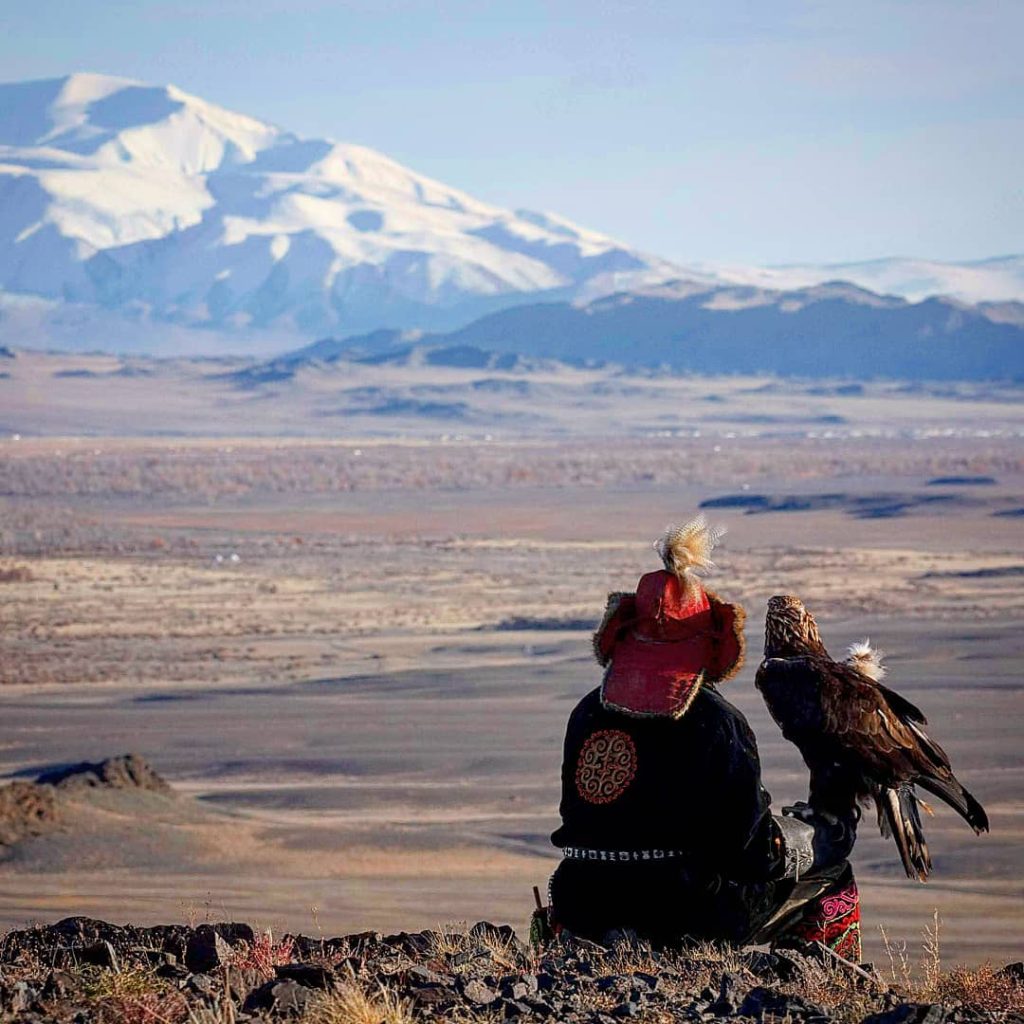
Time for harvesting: Autumn is the time for harvesting crops, such as wheat, barley, and vegetables. Mongolians living in rural areas spend a significant amount of time and effort in harvesting their crops to ensure a good harvest for the year. Also, harvesting wild berries is a seasonal activity in Mongolia, typically taking place during the summer and early autumn months. Mongolians often gather these berries for personal consumption or to make traditional foods, preserves, or medicinal remedies. The practice of berry picking also holds cultural significance, as it connects people with the natural resources of the land and reflects the nomadic traditions of the country.
Experience Nomadic Culture: Mongolia is famous for its nomadic culture, and autumn is a great time to experience the nomadic way of life by staying in a ger, the traditional Mongolian dwelling, and learning about the nomadic culture.
Mongolian nomads migrate twice a year, once during spring and again during autumn, in search of better grazing pastures for their livestock. During autumn, they move their animals to winter pastures, where they will spend the long winter months. The migration process during autumn typically starts in late September and continues through October. Nomadic families dismantle their gers and pack their belongings onto camels, horses, or yaks.
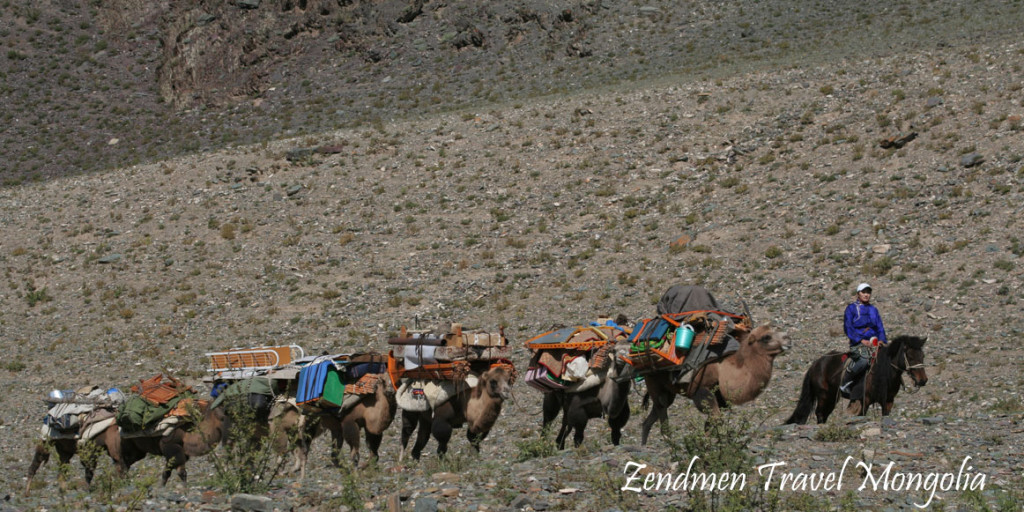
The migration can be a challenging and time-consuming process, as nomads have to travel long distances over rough terrain to reach their winter pastures. They have to navigate through rivers, mountains, and valleys and often face harsh weather conditions, such as snowstorms and strong winds. Once the nomads reach their winter pastures, they set up their gers and start preparing for the winter months. They stockpile food, fuel, and supplies and make sure their livestock have enough food and shelter to survive the cold winter.
Mongolian nomads have been migrating with their livestock for centuries, and the autumn migration is an essential part of their way of life. It is a time for families to come together, for children to learn about their culture and tradition, and for nomads to live in harmony with nature.
